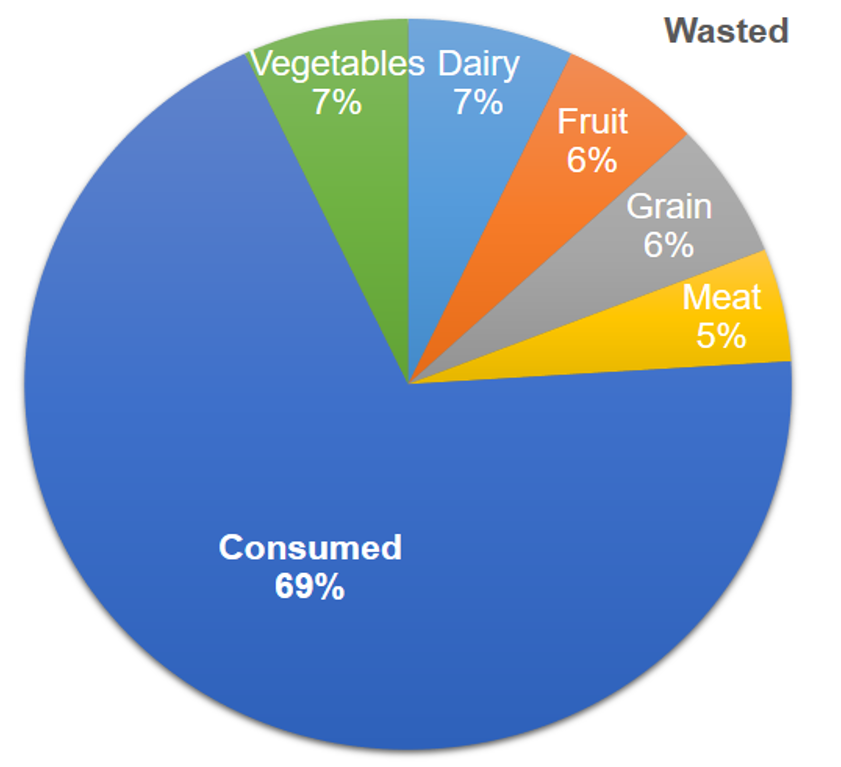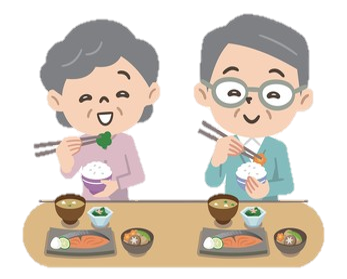The Real World
Nội dung lý thuyết
Unit 12: WE'RE GOING TO VOLUNTEER!
The Real World
Saving Food
Tristram Stuart is a National Geographic Explorer. He hopes to reduce the amount of food waste around the world. He's trying to get supermarkets, farms, and shops to give their unsold food to charity.
(Tiết kiệm thức ăn
Chú Tristram Stuart là một Nhà thám hiểm Địa lý Quốc gia. Chú hy vọng sẽ giảm lượng thực phẩm lãng phí trên khắp thế giới. Chú ấy đang cố gắng kêu gọi các siêu thị, trang trại và cửa hàng cung cấp thực phẩm chưa bán được của họ cho tổ chức từ thiện.)
A. Listen. Circle the correct answers.
Nghe. Khoanh vào những đáp án đúng.
1. One-third of food produced (is / is not) eaten.
2. Supermarkets waste food because they only sell food that (comes from farms / looks nice).
3. Volunteers go to food businesses and farms to (collect their extra food / record their food waste).
4. Feeding the 5000 reduces food waste by giving the food to (hungry people / other countries).
B. Look at the diagram. It shows the amount of food produced in the United States. What do people waste the most? Why do you think this is?
Nhìn vào biểu đồ. Nó chỉ ra lượng thức ăn được sản xuất tại Mỹ. Người dân lãng phí thứ gì nhất? Bạn nghĩ tại sao lại có điều này?

Hướng dẫn:
The bar chart compares the food is wasted and consumed in the United States. It can be easily seen that the residents throw away vegetables and dairy the most. Undeniably, people waste food due to their bad habits and they are not fully aware of the importance of saving food.
(Biểu đồ thanh so sánh thực phẩm bị lãng phí và tiêu thụ ở Mỹ. Có thể dễ dàng nhận thấy rằng người dân vứt bỏ rau và bơ sữa nhiều nhất. Không thể phủ nhận được, mọi người lãng phí thực phẩm do thói quen xấu và họ không nhận thức đầy đủ tầm quan trọng của việc tiết kiệm thực phẩm.)
CRITICAL THINKING
Does food wastage also happen at home? How does food get wasted?
Sự lãng phí thức ăn có xảy ra ở nhà không? Thức ăn bị lãng phí như thế nào?
Hướng dẫn:
A: Does food wastage also happen at home? (Có phải tình trạng lãng phí thức ăn cũng xảy ra ở nhà không?)
B: Yes, it does. I can see that many people don't even realize how much food they throw away every day. For example, some fruits are left uneaten. Also, there are leftovers after meals because people buy and cook more than they really need and consume.
(Đúng vậy. Mình có thể thấy rằng nhiều người thậm chí không nhận ra họ đã vứt bỏ bao nhiêu thức ăn mỗi ngày. Ví dụ, một số trái cây còn thừa. Ngoài ra, còn có thức ăn thừa sau bữa ăn do mọi người mua và nấu nhiều hơn mức họ thực sự cần và tiêu thụ.)
A: Yeah... I agree with you. It would be better if we could save money by buying only what we need, eating what we buy, and avoiding throwing away food.
(Đúng... Mình đồng ý với bạn. Sẽ tốt hơn nếu chúng ta có thể tiết kiệm tiền bằng cách chỉ mua những thứ chúng ta cần, ăn những thứ chúng ta mua và tránh vứt bỏ thức ăn.)